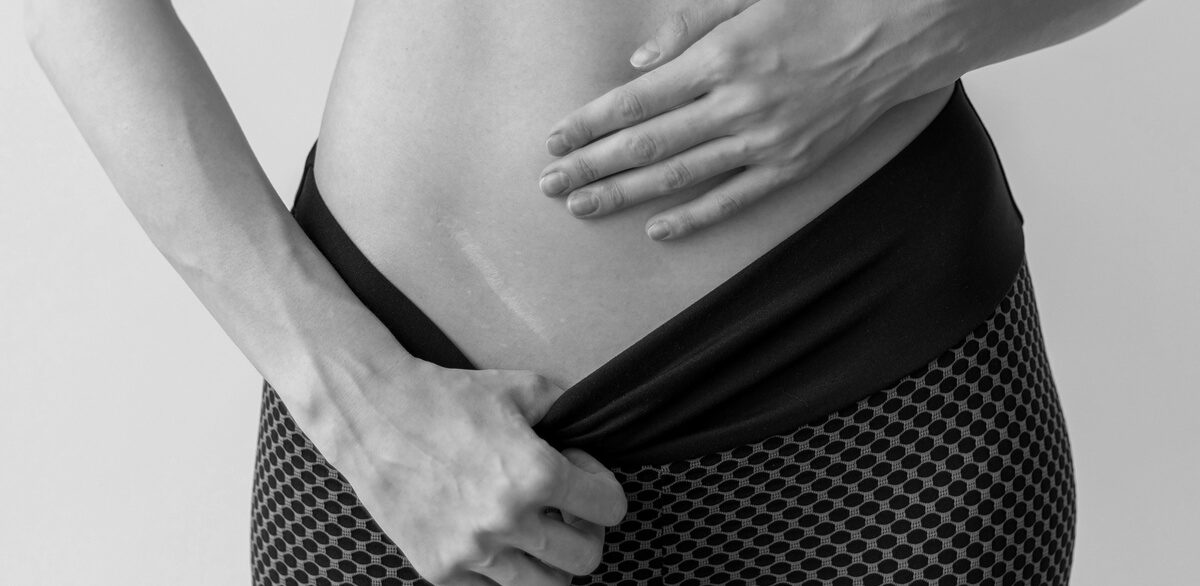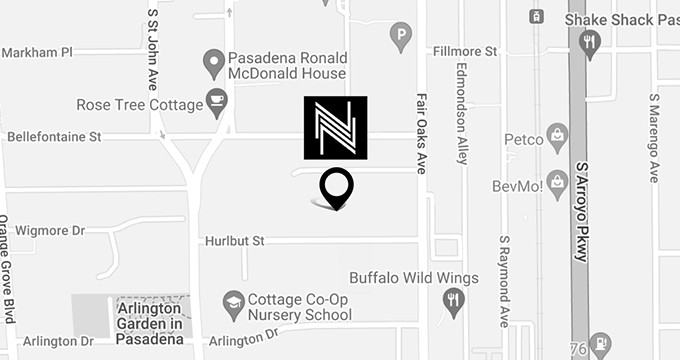
Scars are more than skin deep—they carry the emotional weight of transformation. While many focus on the surgical result, few discuss the quiet, daily rituals that shape how those scars heal. Thoughtful scar care is not just about fading marks; it’s about reclaiming your skin’s story with intention. In this guide, we’ll explore effective, often overlooked ways to support post-surgical healing—empowering you to care for your body with confidence and long-term vision.
Understanding Surgical Scars: Why They Form and How They Heal
Surgical scars are your body’s natural response to intentional injury—even when performed with precision. When the skin is cut, your body rushes to repair the wound by producing collagen in dense, organized layers. But here’s what’s often overlooked: the way your body forms scars is influenced by far more than the surgeon’s technique. Genetics, stress levels, sleep quality, and even the tension in nearby muscles can shape how a scar matures. Some areas of the body—like the chest or shoulders—are more prone to raised or thickened scars due to constant movement or skin tension. Understanding this helps explain why two people can have identical surgeries and heal with completely different scar outcomes. Healing is a dynamic, living process—one where mindful care and subtle adjustments in your daily routine can influence the long-term texture, color, and visibility of your scars.
The Post-Op Healing Timeline: What to Expect and When
Healing doesn’t follow a one-size-fits-all calendar—it’s a living timeline shaped by your body’s rhythms. In the first 7–10 days, your scar is in the inflammatory phase: red, swollen, and vulnerable. This is when rest, nutrition, and gentle care matter most. By weeks 2 to 6, collagen production surges, thickening the scar as your body reinforces the tissue. Many patients mistake this as “worsening,” but it’s a natural step in healing. Between 6 weeks and 6 months, remodeling begins—collagen fibers realign, and discoloration starts to fade. What’s rarely discussed is how subtle habits during this time—like sleeping posture or exercise form—can stretch or compress healing tissue. Even your skincare routine or how you towel off can make a difference. Awareness and patience during these phases give your body the best chance to create a scar that blends, not stands out.
Early Scar Care: What to Do (and Avoid) in the First Weeks
The first few weeks after surgery are critical for setting the tone of your scar’s long-term appearance. This is when the wound is still forming its internal scaffolding—and even small daily habits can impact how that foundation develops. Here are lesser-known but highly effective tips for early scar care:
✅ What to Do:
- Keep the area quietly protected – Avoid unnecessary movement that stretches healing tissue, especially in high-tension areas like the abdomen or chest.
- Use breathable, non-stick dressings – These reduce irritation and allow moisture balance, which helps prevent scab formation and thick scarring.
- Support circulation – Gentle walks and deep breathing can improve blood flow and oxygen to the scar without overexertion.
- Prioritize anti-inflammatory foods – Think turmeric, berries, leafy greens. Reducing systemic inflammation supports cleaner healing.
- Minimize stress – Cortisol, your stress hormone, slows wound healing. Rest is not laziness—it’s medicine.
❌ What to Avoid:
- Tugging from tight clothing – Even a bra strap or waistband can press against healing tissue and create uneven scarring.
- Over-cleansing – Too much washing or alcohol-based products can dry and disrupt healing skin.
- Direct sunlight – Even through clothes or windows, UV rays can permanently darken a new scar.
- Early massage or creams – Wait for medical clearance; applying products too soon can irritate or reopen healing tissue.
Scar Massage: When to Start and How to Do It Safely
Scar massage can help soften tough tissue, reduce tightness, and improve circulation—but timing and technique matter more than most realize. Only begin once your surgeon confirms the incision is fully closed, usually around 3 to 6 weeks post-op. Use clean hands and a simple moisturizer or silicone gel. Apply gentle, circular pressure for 1–2 minutes, 2–3 times a day. Avoid pressing too hard; if it hurts, it’s too much. What’s rarely mentioned: facial and breast scars often respond best to upward, lymphatic-style movements, while abdominal scars benefit from horizontal tension release. Think of massage as communication with your tissue—not force, but guidance.
Lifestyle Support: Nutrition, Hydration, and Sun Protection
Scar healing isn’t just skin-deep—it’s an inside-out process. Your body needs raw materials to rebuild tissue, and what you eat and drink matters. Prioritize protein, zinc, vitamin C, and omega-3s to support collagen formation and reduce inflammation. Staying hydrated helps keep healing skin supple and less prone to scabbing or cracking. One often-overlooked tip: start each day with a glass of water before caffeine, which can dehydrate tissue. Sun protection is just as vital. Even a few minutes of UV exposure can darken new scars permanently. Use mineral SPF (zinc oxide or titanium dioxide) and reapply often, even indoors if sunlight hits your skin through windows. Loose, UV-blocking clothing also makes a difference. Think of nutrition, hydration, and sun protection as the invisible tools shaping your scar’s outcome—they work quietly but powerfully over time.
Special Considerations: Tummy Tucks, Breast Augmentations & Facial Surgeries
Each surgery type comes with its own scar behavior—and care should be adjusted accordingly. Tummy tuck scars are long and placed in a high-friction zone. Movement, tight waistbands, and even posture can pull on healing tissue, so compression garments should be snug but not restrictive. For breast augmentations, scars are often hidden under the fold, but moisture buildup in that crease can delay healing—keep the area dry and ventilated during recovery. Facial scars, on the other hand, benefit from early lymphatic drainage and minimal sun exposure. Even laptop screen light (blue light) may influence pigmentation during early healing. Also, facial movement—like chewing or expressive talking—can subtly stretch incisions, so soft foods and mindful expression in early weeks can help. Tailoring scar care to the location and function of the body part allows for more intuitive, effective healing.
Conclusion
Caring for your surgical scars with intention and knowledge can transform your healing journey into one of confidence and empowerment. By understanding the unique needs of your body and following mindful scar care practices, you give yourself the best chance to achieve smooth, less visible scars that complement your natural beauty. Remember, healing is a process that requires patience and gentle support every step of the way. If you have questions or want personalized guidance tailored to your surgery and skin type, don’t hesitate to reach out. Visit us or call (626) 696-8181 to schedule an appointment and start your path to radiant, confident healing today.


